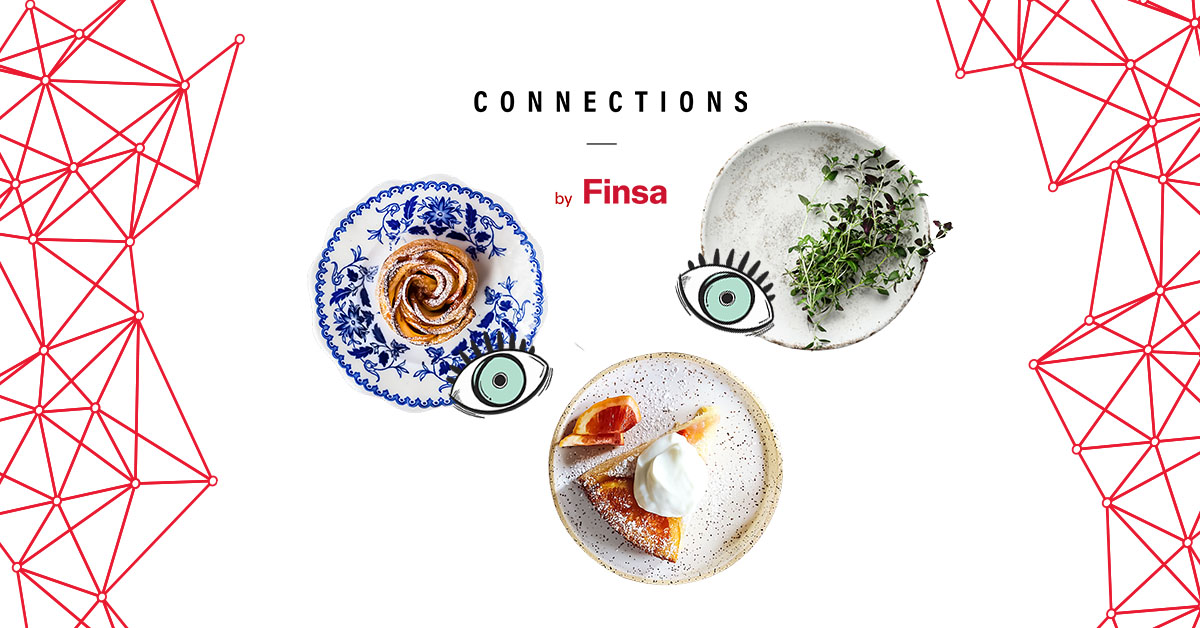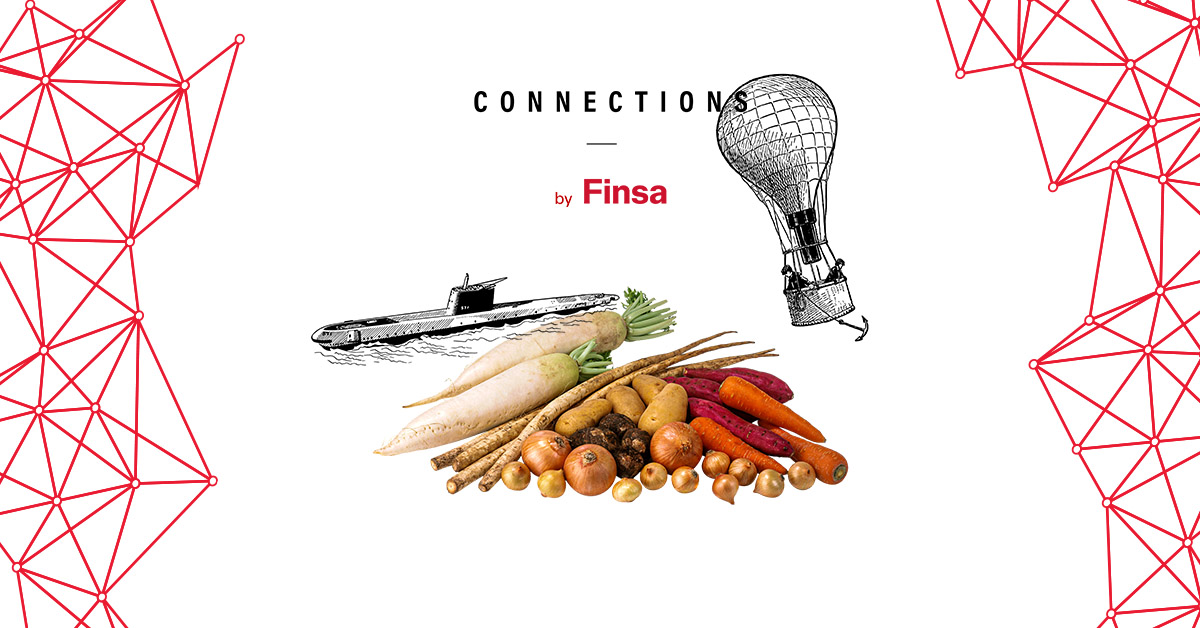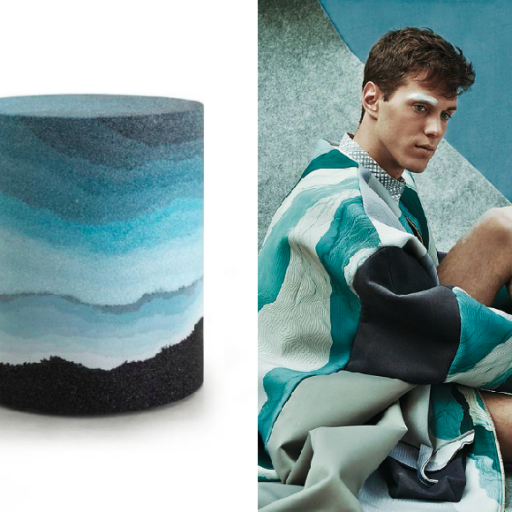New digital tools are transforming how we interact with our surroundings. While virtual reality creates dimensions parallel to our world, augmented reality (AR) enriches it by overlaying layers onto the existing space.
Tourism is an ideal area for experimentation with these advancements, and the industry is already harnessing their potential to maximize benefits. It is estimated that virtual tourism will increase its compound annual growth rate (CAGR) by 30.2% between 2023 and 2028, reaching a valuation of $23.5 billion by the latter year.
Using augmented reality in our vacations means not giving up the physical experience and all its stimuli. The goal is to enhance our experiences by optimizing interactions in each place we visit. In this article, we will provide tips on how to fully leverage these resources. We will show you how augmented reality not only intensifies the journey but also helps overcome any barriers in our way.
Augmented reality to know everything about our destination
Strolling through the streets of a newly discovered city has its charm, but wouldn’t you like to know its history? Do we know what happened on these very streets a couple of centuries ago? Do the current buildings resemble the original constructions? Thanks to these programs, we can reconstruct disappeared architectural landmarks and past historical events.
One of these applications is Chronos. Supported by the Ministry of Culture of Greece, visitors to the Acropolis, by simply pointing their mobile at the Parthenon, can recreate how the monument is believed to have looked 2,500 years ago. They will also enjoy the vision of the Elgin Marbles, originally located atop the temple and now housed in the British Museum in London.
While Chronos takes us to the origin of this architectural complex, OverTime goes a step further. Optimized for use in Philadelphia, it chooses the steps of one of its museums, immortalized in the movie Rocky, as the stage to show us the history of the structure and the city. Through maps from different eras and narratives, we can learn about the events of this city. Episodes such as colonization or industrialization will converge on our mobile screen.
Ver esta publicación en Instagram
Practical information at the turn of a camera
In an unfamiliar city, augmented reality is an extraordinary tool. World Around Me provides all the practical information needed in an undiscovered place. ATMs, restaurants, hotels, shops… will overlay the images seen through our phone’s camera, facilitating their location.
One of the great advantages of this technology is greater accessibility for people with limited mobility or disabilities. Sonarvision enables visually impaired users to navigate unknown urban environments. The application, designed by French students, finds the most practical route and emits a sound that helps the person navigate safely with unprecedented precision.
Gastronomy: more than ever, eat with your eyes
Of course, augmented reality has also reached gastronomy, one of the fundamental pillars of tourism. Kabaq is one of the most downloaded apps, allowing us to see dishes from the menu in real-scale 3D models. Some of the most prestigious distilleries have also embraced these innovations. For example, Jack Daniels offers a guided tour of its facilities after scanning one of its bottles with a mobile camera.
Ver esta publicación en Instagram
Shopping: souvenirs and interactive shop windows
If shopping is what we enjoy during our travels, augmented reality has long been present in some of the most well-known brands. Applications that allow us to try on clothes virtually are a classic, but Zara has implemented a much more innovative system in some of its stores. Upon arrival, we find empty shop windows. By pointing our mobile at this space, we see a moving image of real models speaking on the screens for a few seconds, blending their figures with physical elements.
If we want to take a small souvenir from our trip, there are also initiatives that consider augmented reality to create small souvenirs. The following initiative also involves an association with an indigenous society. The Namibia University of Science and Technology (NUST) in collaboration with the San community has created a series of fridge magnets with photographs of their daily lives, which, when approached with a mobile phone, will show a video revealing their way of life.
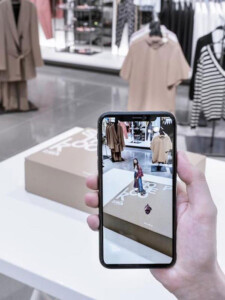
Museums: art overflowing the halls
The Muséum National d’Histoire Naturelle in Paris, through its Revivre (2021) project, gave us the opportunity to see, in 3D and real size, extinct animals.
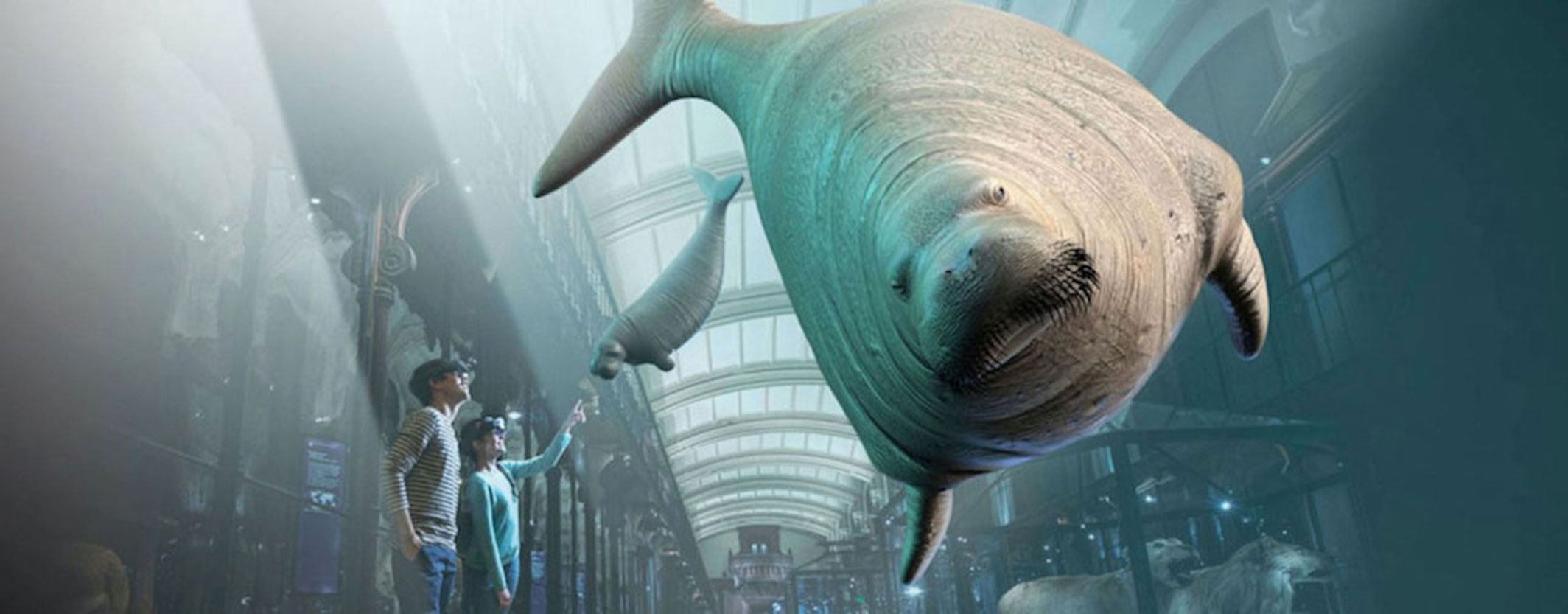
The National Gallery in London, also in 2021, overflows the halls with its works. Pieces by Vincent Van Gogh or Tracey Emin escape the museums to multiply through the bustling streets of London. All this with the only help of our mobile phone. The Story of the Forest exhibition, held at the National Museum of Singapore, is another example of the spectacularity of these new tools.
Ver esta publicación en Instagram
The exhibition, held in 2017, focused on 69 images from the William Farquhar Collection of Natural History Drawings. These were turned into three-dimensional animations with which the public could interact. Visitors downloaded an augmented reality app that allowed them to use their phone camera to explore the paintings.
Games: more reasons to explore cities
Perhaps, if we think of a mass example of AR use, the first thing that comes to mind is Pokémon Go, a game in which the real world becomes the stage where we must “catch them all”, and these little characters overlay the streets we see through the screens. In many cases, it is an additional motivation to walk around an unknown city. More so if we consider that there are very specific Pokémon that can only be found in certain cities. For many, there is no better souvenir.
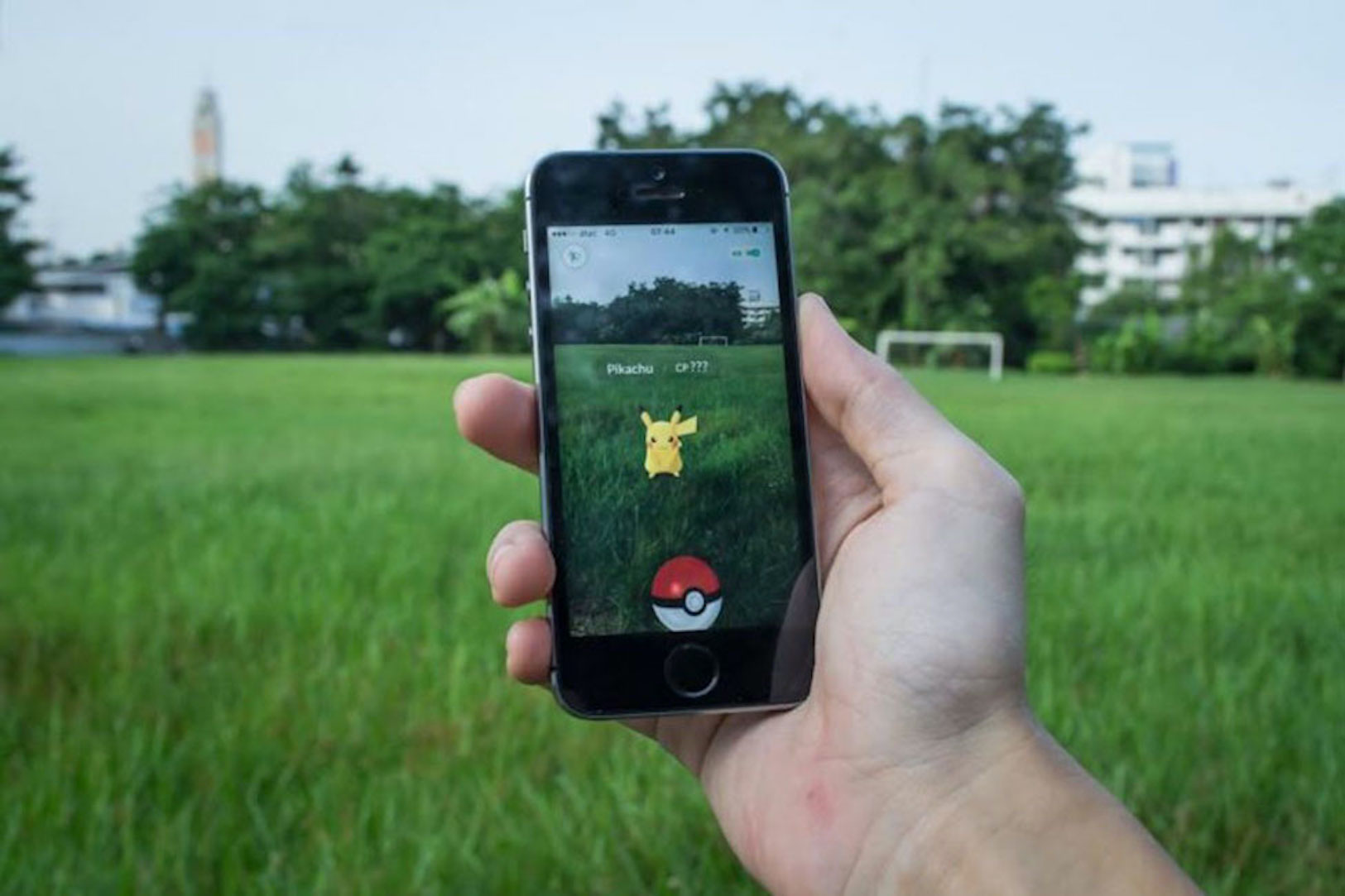
Augmented reality will not replace physical landscapes with digital ones, but it will intensify the way we experience our travels. The virtual dimension will not replace the tangible one; on the contrary, it will multiply its possibilities.


